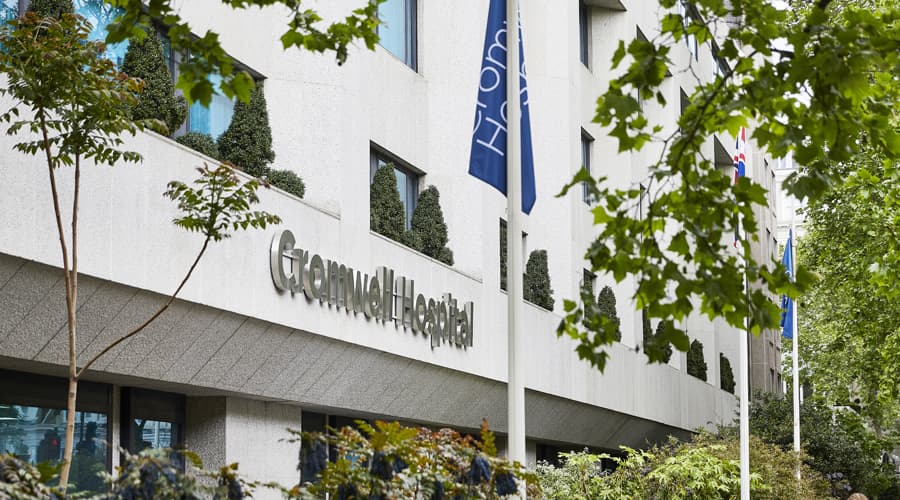Knee bursitis
Bursitis is a condition where the small sacs of fluid around your joints become swollen and inflamed.
What is knee bursitis?
The bones of our joints are separated by small jelly-like sacs of fluid called bursa – these act as cushions and help reduce friction.
When a bursa is damaged or inflamed, the tissue becomes swollen and produces too much fluid. This condition is called bursitis and affects the movement of the joint.
In the knee, there are several bursae and any of them can become swollen.
Bursae in the knee may become swollen and inflamed as a result of an injury such as a blow to the front or side of the knee.
Wear and tear – particularly kneeling on hard surfaces – may also cause swelling, along with conditions such as arthritis, gout and infection.
There are different types of knee bursitis:
Prepatellar bursitis (housemaid’s knee)
Prepatellar bursitis is commonly known as housemaid’s knee and is the irritation of the thin bursa in between the kneecap and the skin. It’s most often caused by kneeling and is seen in carpet layers, plumbers or gardeners. It can also be caused by a direct blow to the front of the knee – and is common in contact sports.
Baker’s cyst
Also called a popliteal cyst, this is the swelling of the bursa at the back of the knee joint. It can be caused by a blow to the knee or other conditions such as arthritis and gout.
There are common symptoms for bursitis:
- pain during the day
- tenderness and heat
- swelling around the knee
- occasional locking or clicking
- fluid, redness and fever if caused by infection
If you have prepatellar bursitis, you will experience rapid swelling on the front of your kneecap.
The symptoms for Baker’s cyst include pain in the back of the knee and calf. A build-up of fluid can cause the bursa to burst, leading to pain swelling and redness in your calf.
Diagnostic tests for knee bursitis
After assessing your symptoms, your doctor might recommend MRI scan, X-ray, or ultrasound to rule out other conditions and confirm the diagnosis.
Treatment for knee bursitis
You can manage bursitis yourself in the following ways:
- Monitor your activity – avoid activities that worsen your symptoms. Low-impact exercise, such as cycling or swimming are a good option.
- Ice – apply at regular intervals three or four times a day for 20 minutes at a time.
- Elevation – raise your leg whenever you can.
- Compression bandages – use whenever you can.
- Anti-inflammatory medications – such as ibuprofen, which help manage pain and inflammation.
If the swelling is severe, your doctor might recommend that you have the fluid in the bursa drained (aspirated).
You may also be given an image-guided injection of local anaesthetic and cortisone, which is a powerful anti-inflammatory.
Surgery is sometimes necessary if the bursitis doesn't respond to the less invasive treatments. You should regain flexibility in a few days and make a full recovery within a few weeks.
Paying for your treatment
We welcome both self-paying and insured patients.
Self-pay patients
We offer several ways for patients to self-pay, including pay-as-you-go and self-pay packages.
Insured patients
At Cromwell Hospital, we accept private health insurance from most major providers, including AXA, Aviva, Bupa, and Vitality.
Our locations

Book an appointment today
Our telephone lines are open 8am to 8pm Monday to Friday and 8am to 2pm Saturdays.
Alternatively, fill out our appointment request form and we'll be in touch shortly.
Please note - regrettably we are unable to answer specific medical questions or offer medical advice via email or telephone.
